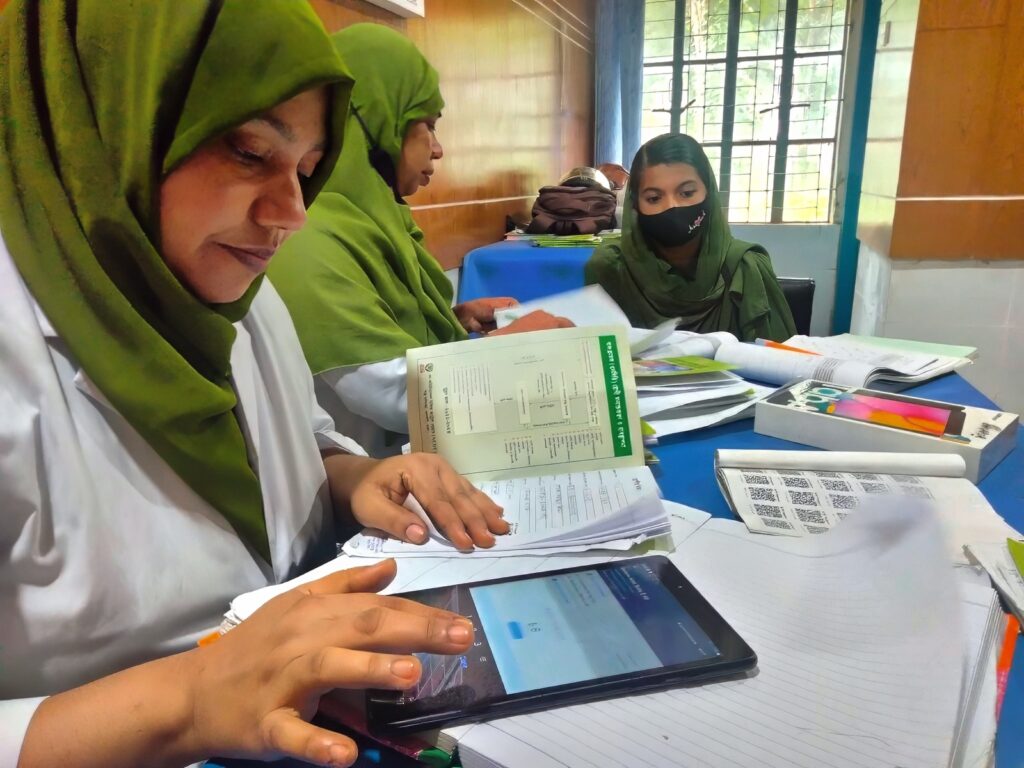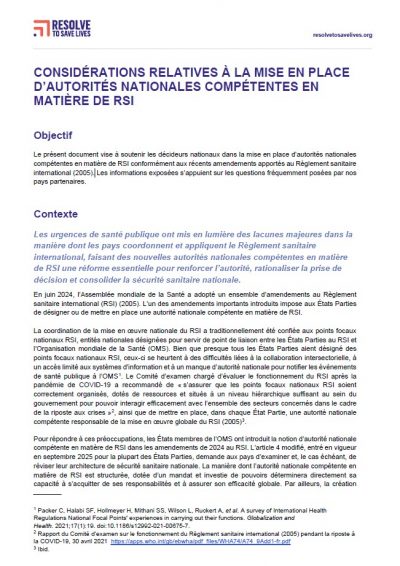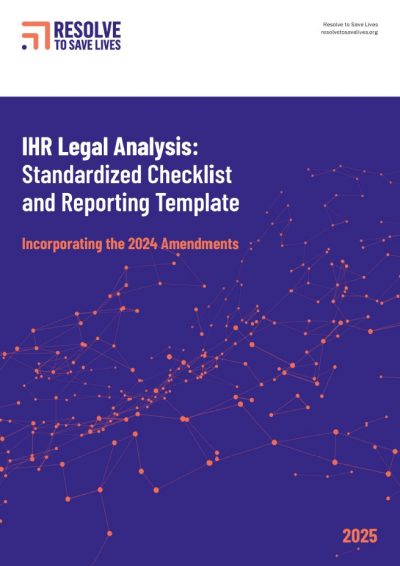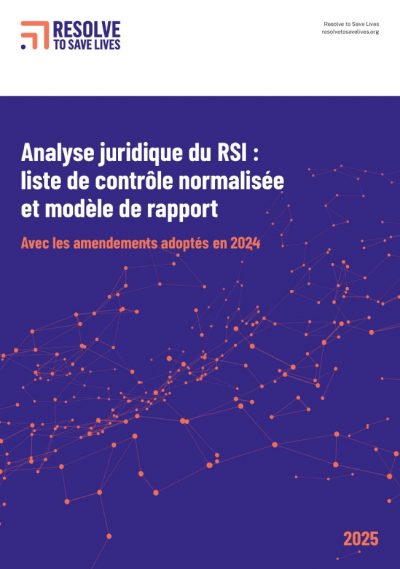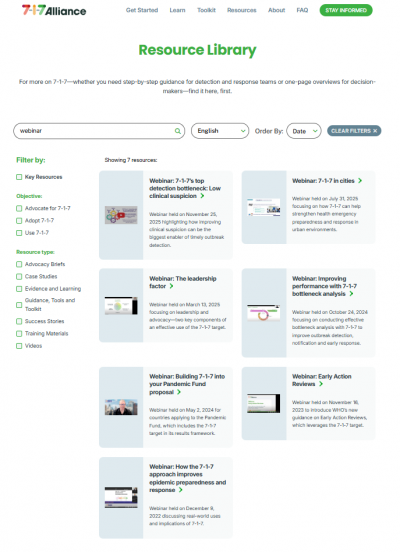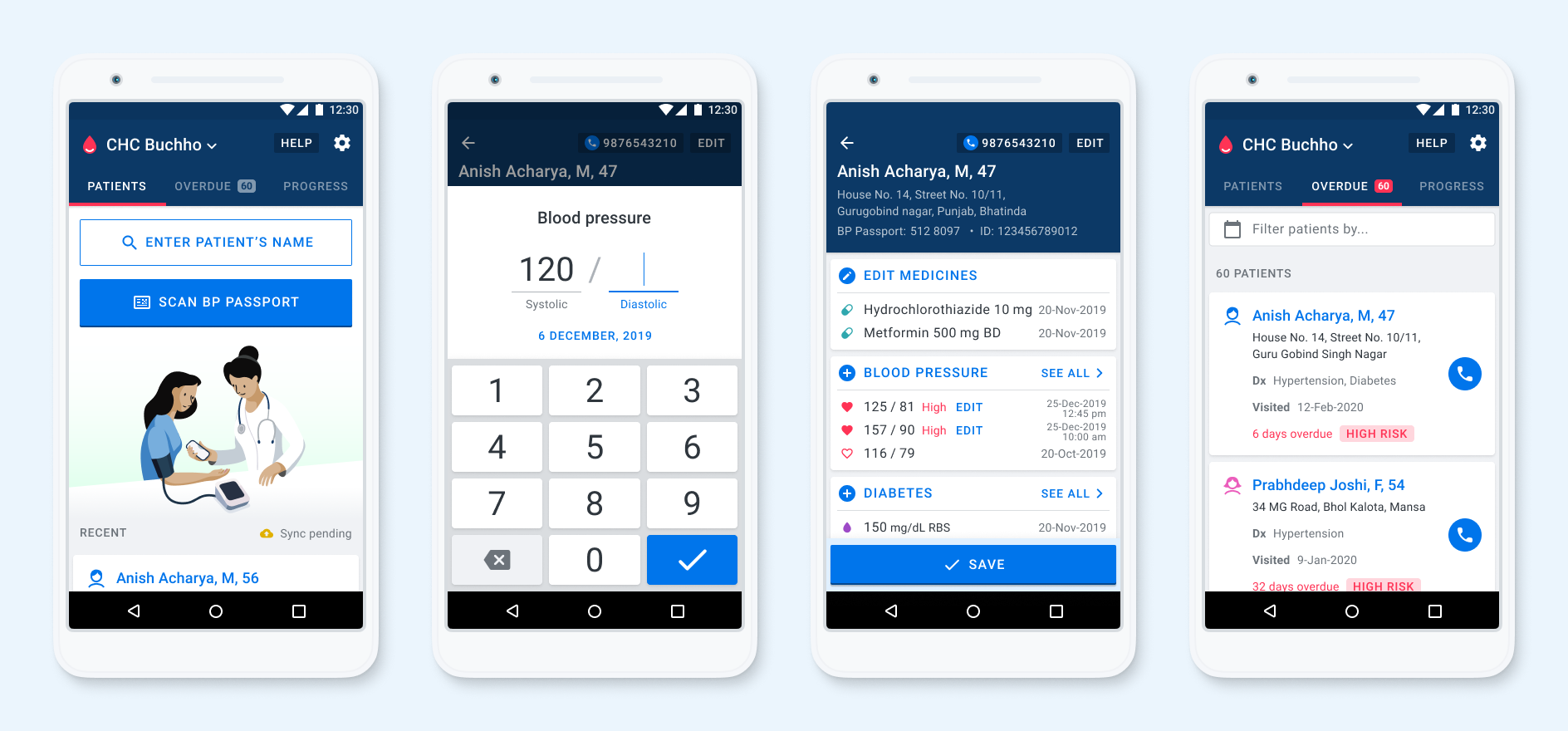Digital platforms for managing blood pressure and chronic diseases
The right digital platforms
We power public health programs with simple, digital platforms that can manage millions of health records—and provide actionable data to save millions of lives.
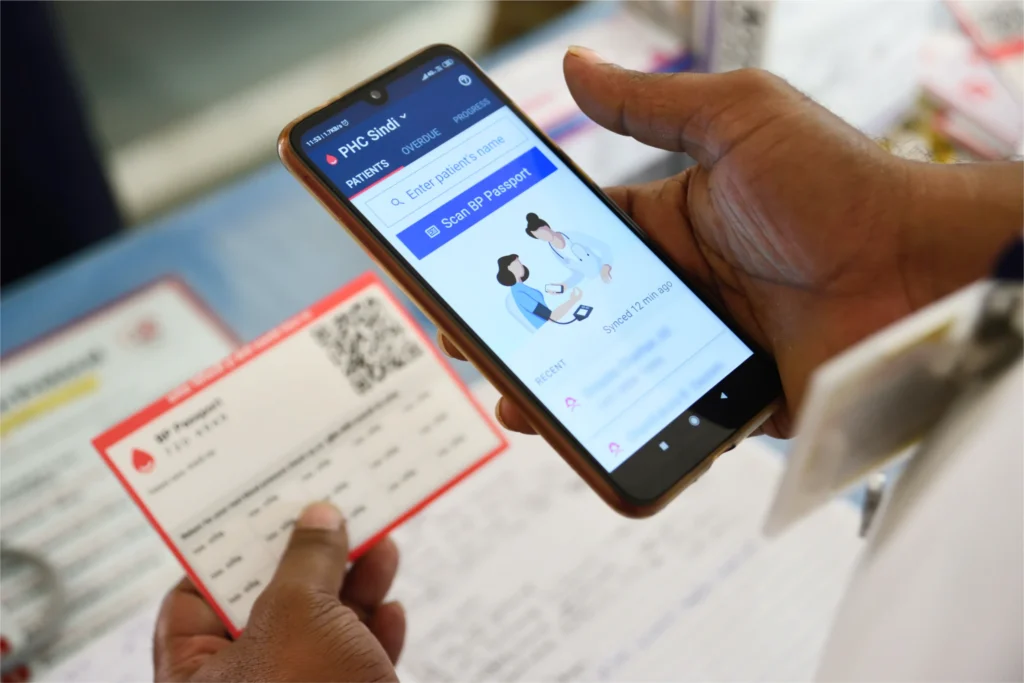
The challenge
The solution
The impact
Digital platforms in action
Strategies for blood pressure control
Explore
Designing an Optimal Digital Tool for Hypertension and Other Long-term Treatment Programs
Step-by-step guidance for creating an effective digital tool for hypertension management and other chronic disease programs
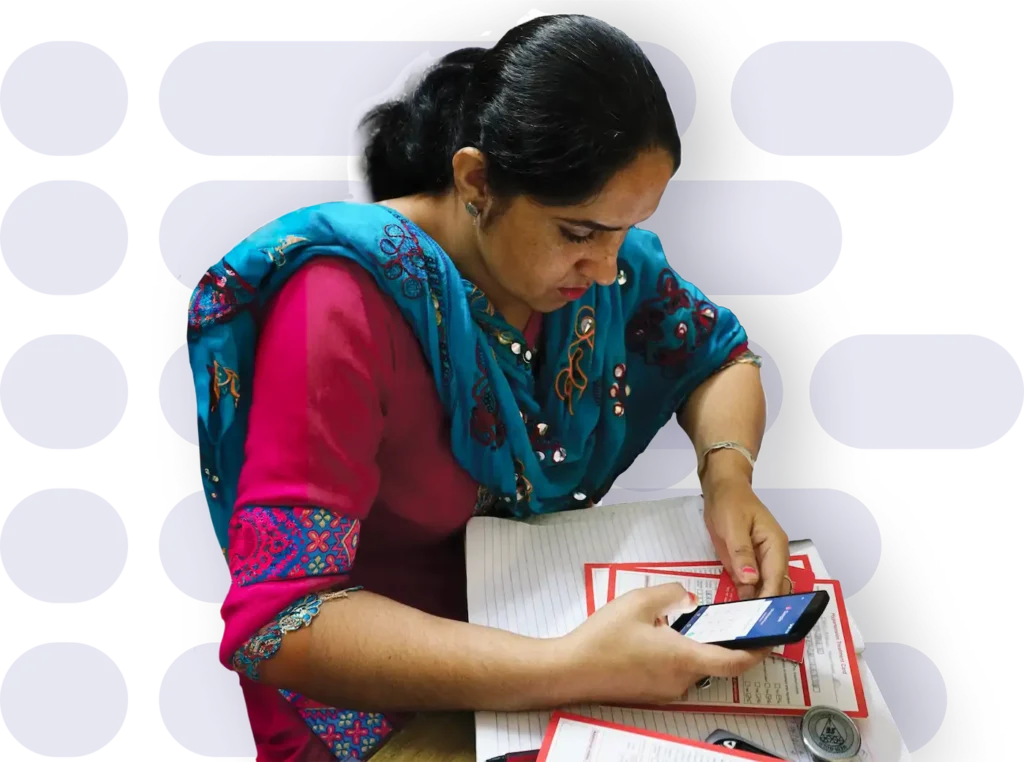
DHIS 2 package for hypertension control programs
DHIS2 Tracker is a free, open-source health management data platform that program managers can use to monitor large-scale non-communicable disease (NCD) programs.
The Simple app manages more than 4 million patients—and health workers love it
The digital team at Resolve to Save Lives helped build the Simple app, which now treats more than 4 million patients in 4 countries
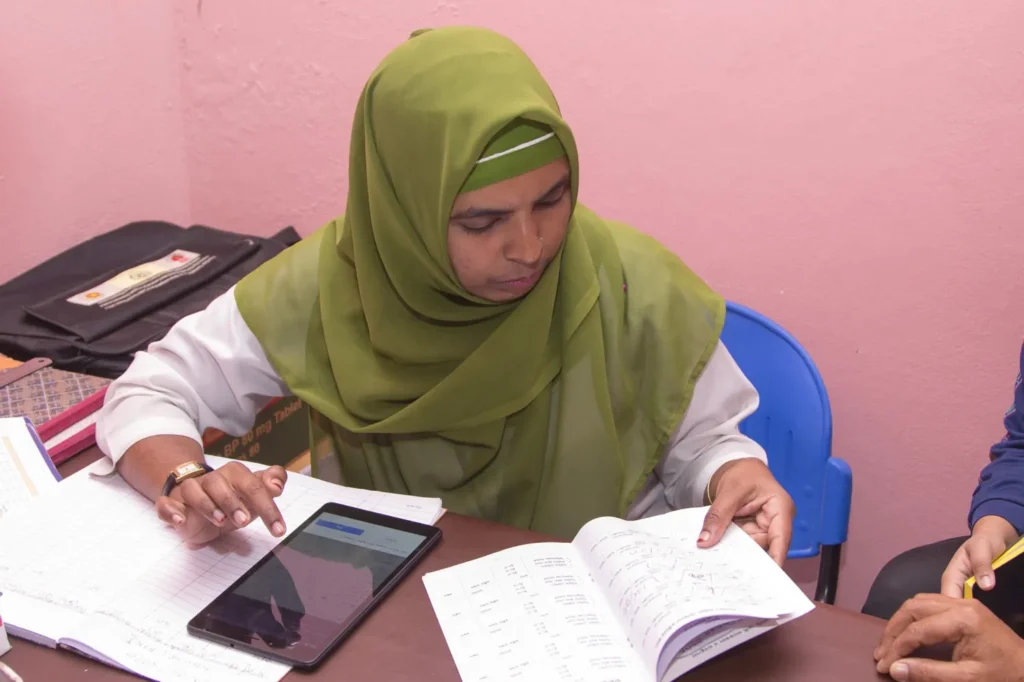
Partners
World Health Organisation (WHO)
Benchmarks for health emergencies
We partner with the World Health Organization to standardize best practices for preparedness, including developing a benchmarking tool to simplify and accelerate preparedness planning under International Health Regulations.
The cost of health care worker infections
In our advocacy efforts to protect health care workers, we released a joint report with the World Bank to calculate the true cost of health care worker infections during the COVID-19 pandemic, as well as wider socioeconomic implications.
In depth
How the right digital platforms support blood pressure control
Digital platforms play a critical role in improving patient care and making health programs successful, but only if health care workers want to use them.
Why go digital?
Dramatically reduce admin time
Retain more patients in care with automated follow-ups
Efficiently manage very large groups of patients
Maintain longitudinal patient records across facilities
Improve monitoring and program quality
Improve patient outcomes
Why most systems don’t work |
What the best systems do |
| Designed for stakeholders, not users | Designed for health care workers |
| Ask for too much information | Minimal data entry |
| Too cumbersome | Fast and easy to use |
| Too complex | Simple dashboards focused only on key indicators |
Health records with legs
A typical paper system works only covers a single facility—where the patient first registered. If a patient seeks care anywhere else, they start over with a new health record. With a digital system, patients can seek care at different facilities and still keep a single, complete health record over time.
Tools that work for health care workers
There are many digital health platforms out there, but often health care workers don’t want to use them or use them incorrectly because they’re not optimally designed with their needs and real-world workflows in mind.
We used user-centered design principles as we developed the Simple app, working directly with health care workers to design and test our software.
Digital platforms can also automate administrative tasks that are slow and labor-intensive with a paper-based system—like sending SMS reminders and compiling reports of overdue patients. This makes patient management easier for health care workers and improves patient retention.
Actionable data for health programs
You can’t manage what you can’t measure. A simple digital platform can make it easier for health care workers to capture basic patient data during a consult, and feed it into the HEARTS360 dashboard in real-time. This up-to-date information—displayed in a simple dashboard—can help program managers to identify gaps in program performance, and test strategies to address them.
How we support digital solutions for blood pressure control
From our award-winning, user-centered app
Our Simple app for managing large-scale hypertension and diabetes programs is used and loved by health care workers in more than 5,000 facilities–from district hospitals to primary care facilities and community clinics—to help manage more than 4 million blood pressure and diabetes patients.
..to the world’s most popular health information system
DHIS2 is the most widely used health information system in the world. We worked with the University of Oslo to make the DHIS2 Tracker app faster and easier for health care workers to use—optimizing it for use in busy primary care facilities managing thousands of patients with high blood pressure and diabetes. We also created a DHIS2 package for hypertension and diabetes that allows for quick data entry and easy patient management.
…and beyond
The features that make our Simple app effective can strengthen any electronic health record system. We built the HEARTS360 demo dashboard to help program and system managers visualize how their health information systems can be adapted to better monitor program progress and bring patients back to care. We also created a guide for developers—so they can build these features quickly.

